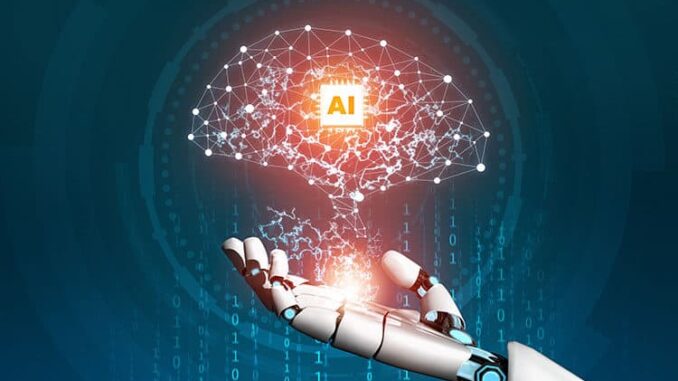
Harnessing the power of AI involves leveraging its advanced capabilities to improve processes, solve problems, and enhance outcomes across various domains. Here are some key areas and strategies for effectively harnessing AI:
### 1. **Identifying Use Cases** – **Needs Assessment**: Analyze your organization’s challenges and identify specific areas where AI can offer solutions, such as automation, data analysis, or personalized experiences.









– **Research Existing Applications**: Look into how other organizations or industries have successfully implemented AI solutions to find inspiration and guidance.
### 2. **Data Utilization**
– **Quality Data Collection**: Ensure you have access to high-quality data, as AI models require clean, relevant, and sufficient datasets to deliver accurate insights.
– **Data Integration**: Combine data from various sources to provide a comprehensive view that can enhance AI model performance and insights.
### 3. **Choosing the Right AI Tools and Technologies**
– **Select Appropriate AI Technologies**: Depending on the use case, choose from various AI technologies such as machine learning, natural language processing (NLP), computer vision, and robotics.
– **Leverage Open Source and Proprietary Solutions**: Explore both open-source platforms and proprietary AI tools to find solutions that fit your needs and budget.
### 4. **Developing AI Models**
– **Collaboration with Experts**: Work with data scientists and AI engineers to develop and train models that meet your specific objectives.
– **Continuous Learning**: Implement machine learning techniques that allow models to update and improve over time as new data is collected.
### 5. **Automation and Efficiency**
– **Automate Repetitive Tasks**: Use AI to automate mundane or repetitive tasks, freeing up human resources for more strategic and creative work.
– **Enhance Decision-Making**: Provide data-driven insights that assist in decision-making processes, allowing for faster and more informed choices.
### 6. **Personalization and User Experience**
– **Tailored Solutions**: Leverage AI algorithms to deliver personalized experiences, content, and services based on individual user preferences and behaviors.
– **Real-Time Interaction**: Use AI chatbots and virtual assistants to engage with users in real-time, enhancing customer service and user satisfaction.
### 7. **Monitoring and Optimization**
– **Performance Metrics**: Define and track key performance indicators (KPIs) to measure the success of AI initiatives and identify areas for improvement.
– **Iterative Improvements**: Regularly assess and optimize AI models based on performance data, user feedback, and changing needs.
### 8. **Ethical AI Practices**
– **Bias Mitigation**: Actively work to identify and mitigate biases in AI models to ensure fair and equitable outcomes for all users.
– **Transparency and Accountability**: Maintain transparency in how AI systems operate and make decisions, fostering trust among users and stakeholders.
### 9. **Skill Development and Training**
– **Upskill Staff**: Invest in training programs that enhance staff skills in AI technologies and data analysis, ensuring that your team is well-equipped to leverage AI effectively.
– **Fostering a Culture of Innovation**: Encourage a culture that embraces experimentation, learning, and innovation, which is essential for maximizing the potential of AI.
### 10. **Collaboration and Partnerships**
– **Collaboration with Academia and Industry**: Partner with academic institutions or industry leaders to stay abreast of the latest AI research and innovations.
– **Engagement with Stakeholders**: Involve stakeholders, including users and community members, in discussions about how AI should be developed and deployed to address their needs.
### Conclusion
Harnessing the power of AI is not just about implementing new technologies; it’s about integrating those technologies into strategic practices that drive growth, efficiency, and innovation. By understanding its capabilities, addressing ethical considerations, and fostering a culture of continuous learning and improvement, organizations can effectively leverage AI to achieve their goals and create meaningful impact.


Leave a Reply